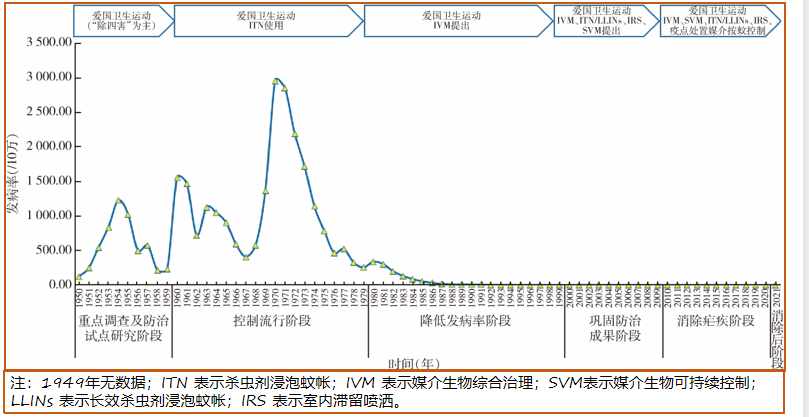Malaria Prevention and Control Special Topics
DONG Hao-wei, NAN Chun-yan, ZHOU Qiu-ming, YUAN Hao, LI Xiang-yu, PENG Heng, MA Ya-jun
Objective To investigate the differences in the microbial composition in Anopheles sinensis and water in larvae breeding site. Methods An. sinensis adults were collected from Jiading district, Shanghai, China and divided into unfed (A) and fed (B) groups. Water samples were collected from paddy fields in the same area (W). Metagenomic DNA was extracted and the 16S rDNA V4 region was subjected to Illumina Miseq high-throughput sequencing. The sequence number and operational taxonomic units (OTUs) were used for statistical analysis of the composition and abundance of microflorae, the richness and diversity of bacterial communities, and changes in bacterial composition across communities, which were compared with the microbial composition in An. sinensis larvae (L). Results The numbers of high-quality sequences and clustered OTUs were 129 056/2 622.5 (A), 171 734/3 324.5 (B), and 225 890.5/2 997 (W), respectively. The clustered OTUs were assigned to 20 phyla, 144 families, and 295 genera. The bacterial richness as indicated by Chao1 index was in the order of B>W>A. The bacterial diversity was B>W>A (Simpson index) or A>B>W (Shannon index). The dominant bacteria in fed and unfed adults were Proteobacteria and Firmicutes, and the abundant genera were Acinetobacter (A, 41.35%; B, 25.71%) and Pantoea (A, 10.85%; B, 12.70%). Asaia was the most abundant (40.85%) in fed adults. In paddy field water, the dominant bacteria were Firmicutes, Bacteroides, and Proteobacteria. The genera with >10.00% abundances were Desulfosporosinus (24.19%), Flectobacillus (19.48%), Flavobacterium (15.27%), Pseudomonas (12.19%), and Alkalibacter (10.28%). As shown by the t test, the numbers of phyla with statistical differences between A, B, and L were 1 (B/A), 9 (L/A), and 9 (W/A). Principal component analysis showed similar bacterial diversity among samples in the same group, and heatmap showed that W and L clustered into one clade, while B and A into another clade. Conclusion An. sinensis adults are dominated by Acinetobacter, Pantoea, and Asaia. The composition of bacteria in paddy field water is similar to those in larvae living in the water as well as fed and unfed female mosquitos.

